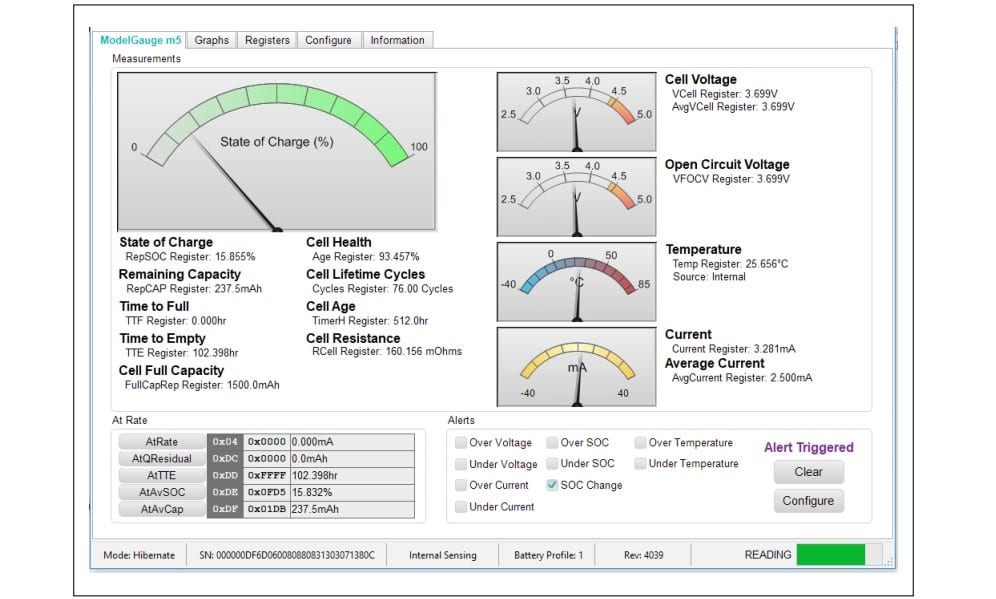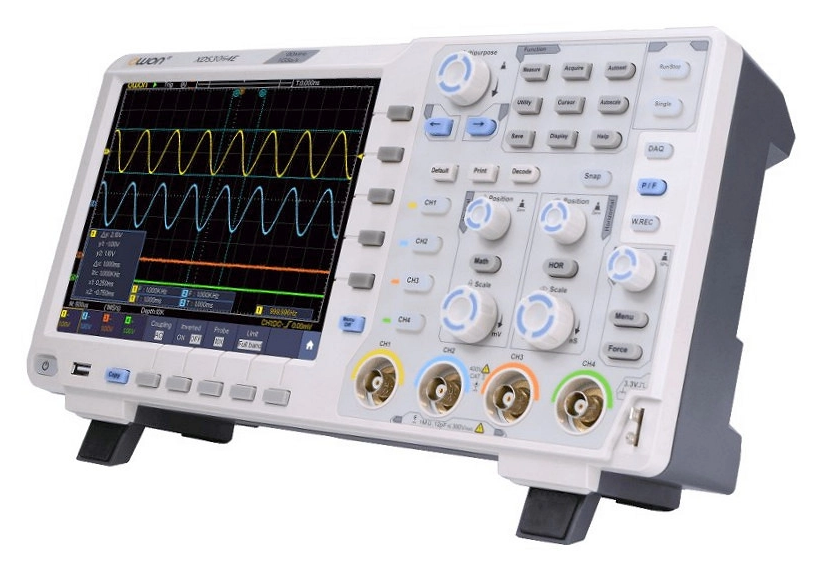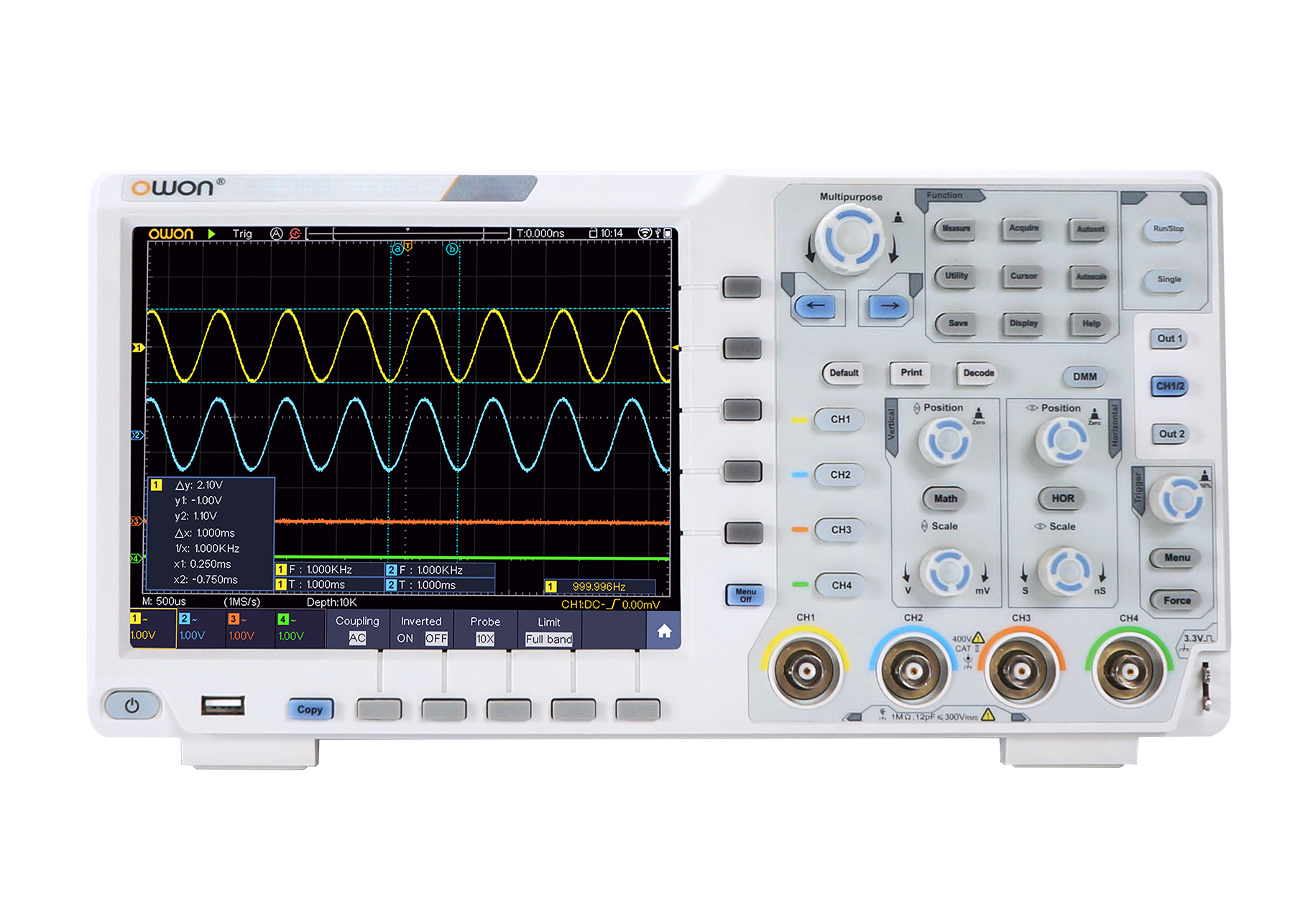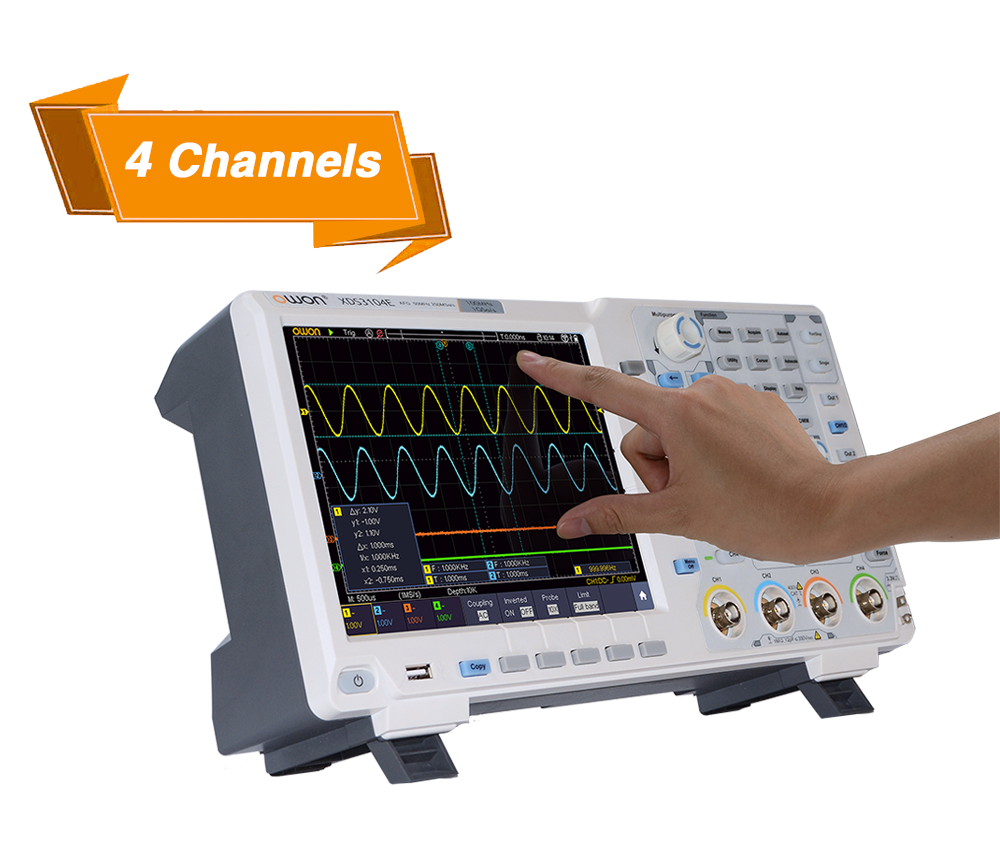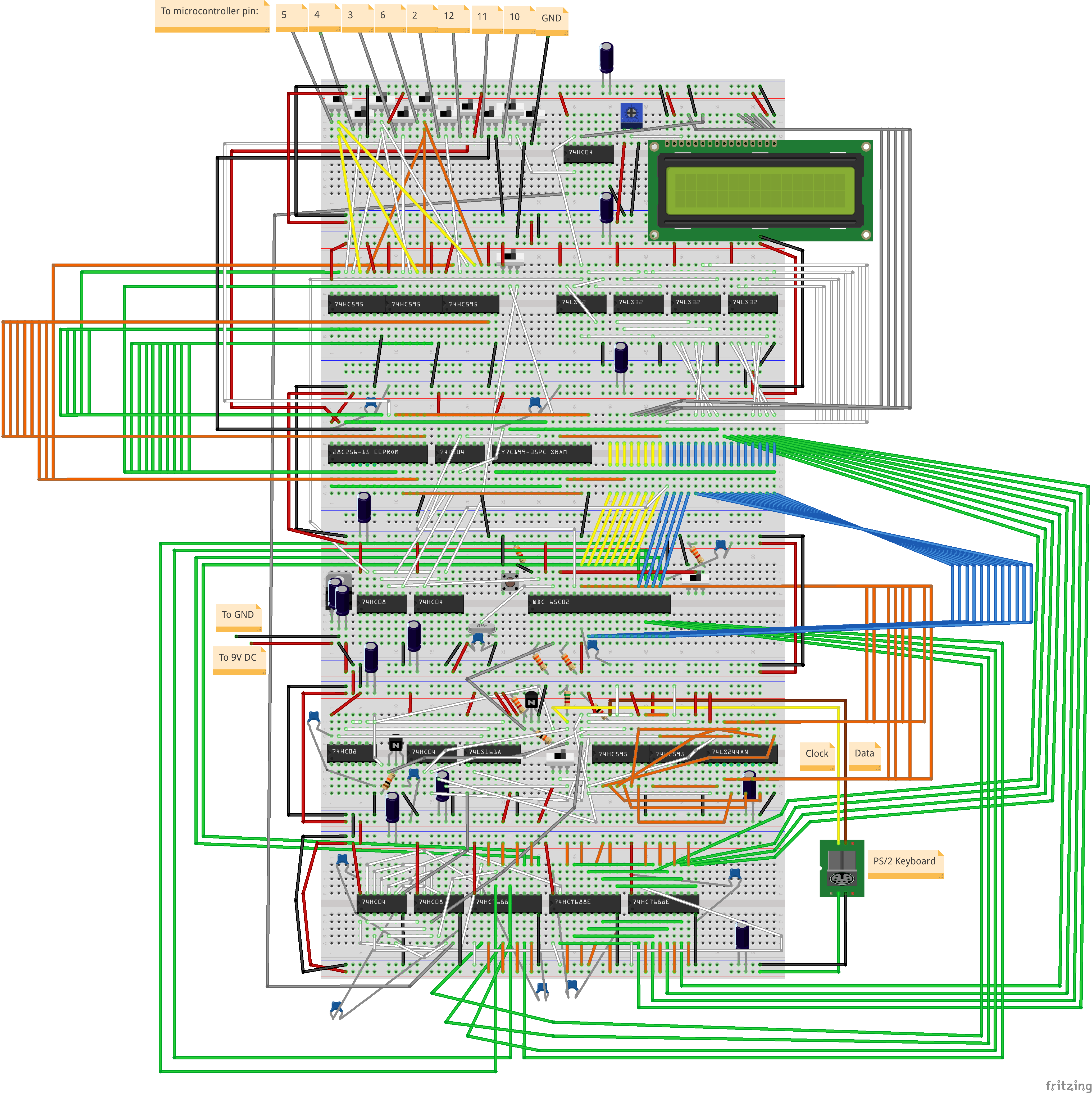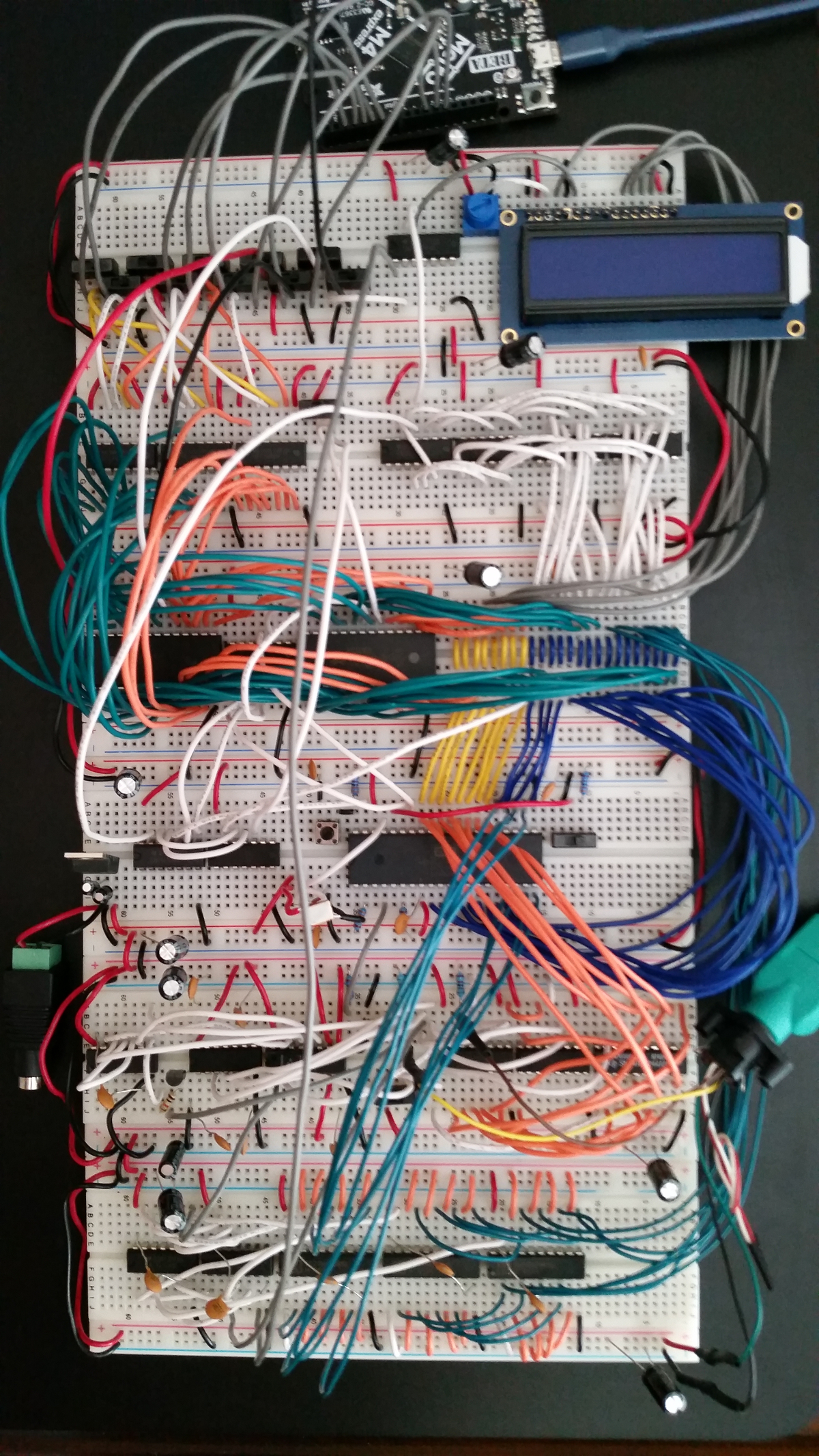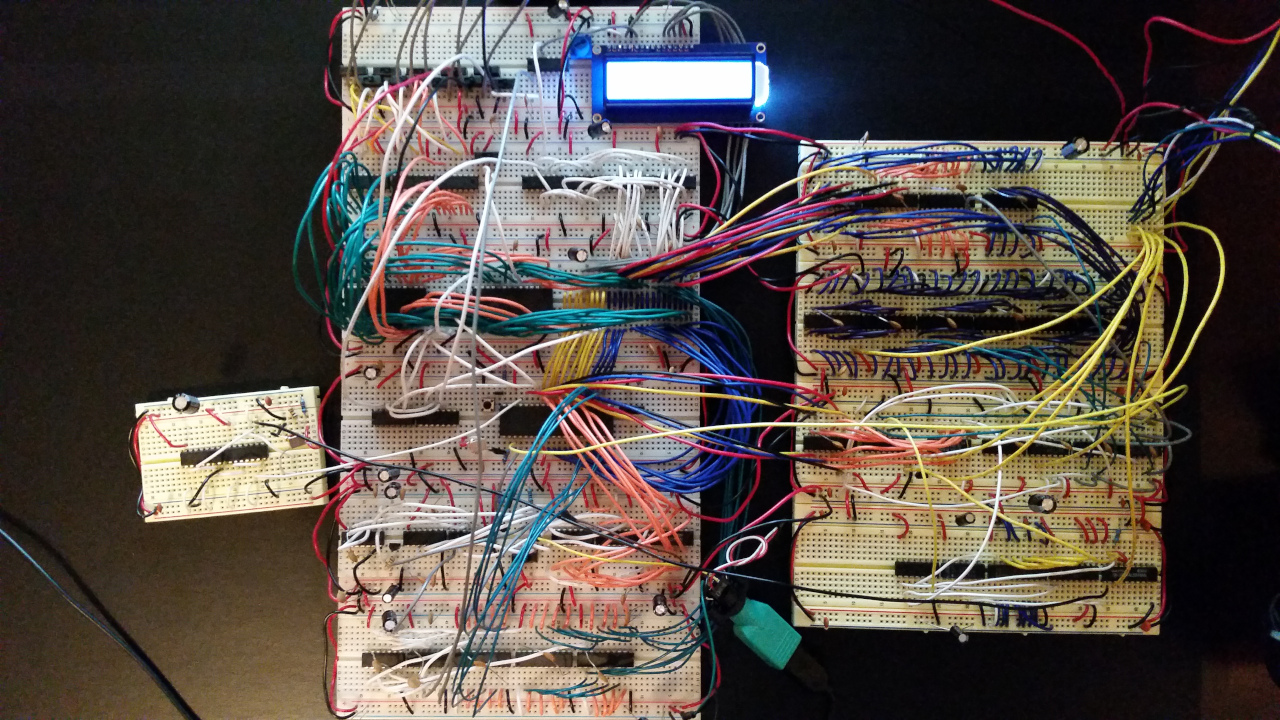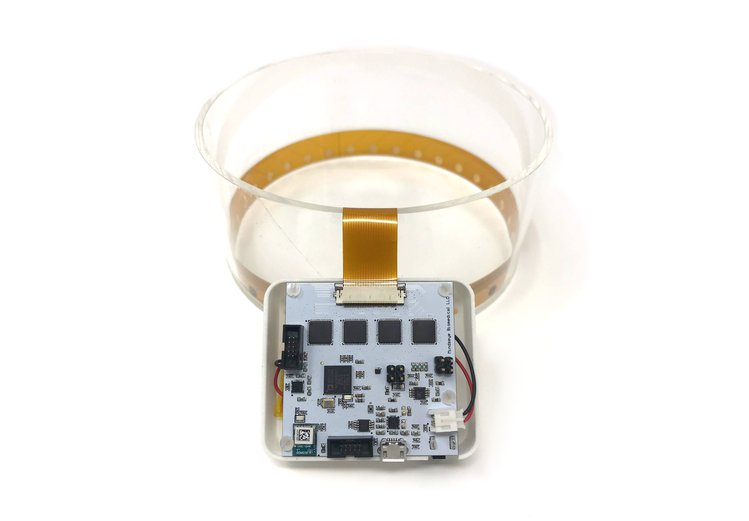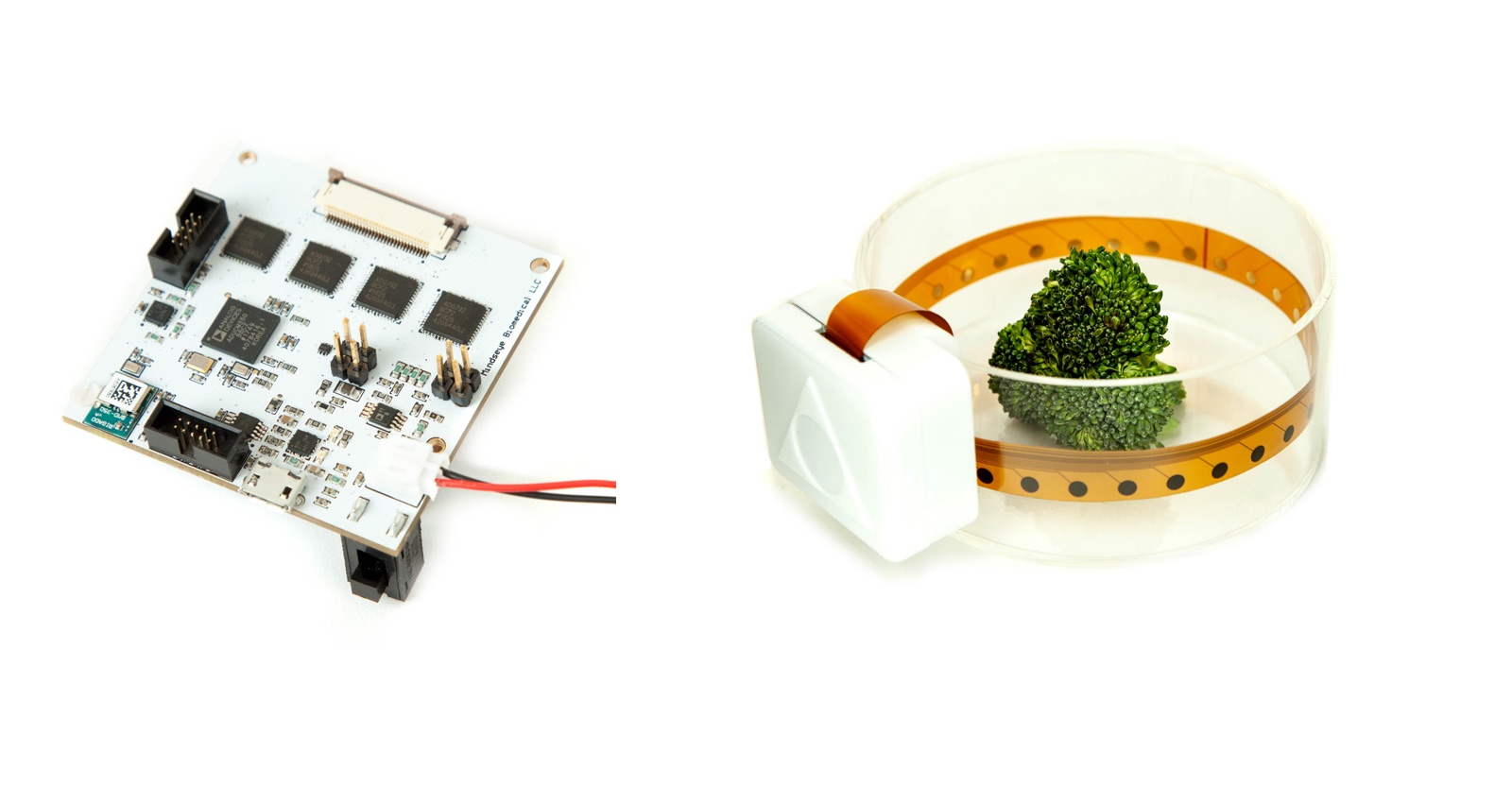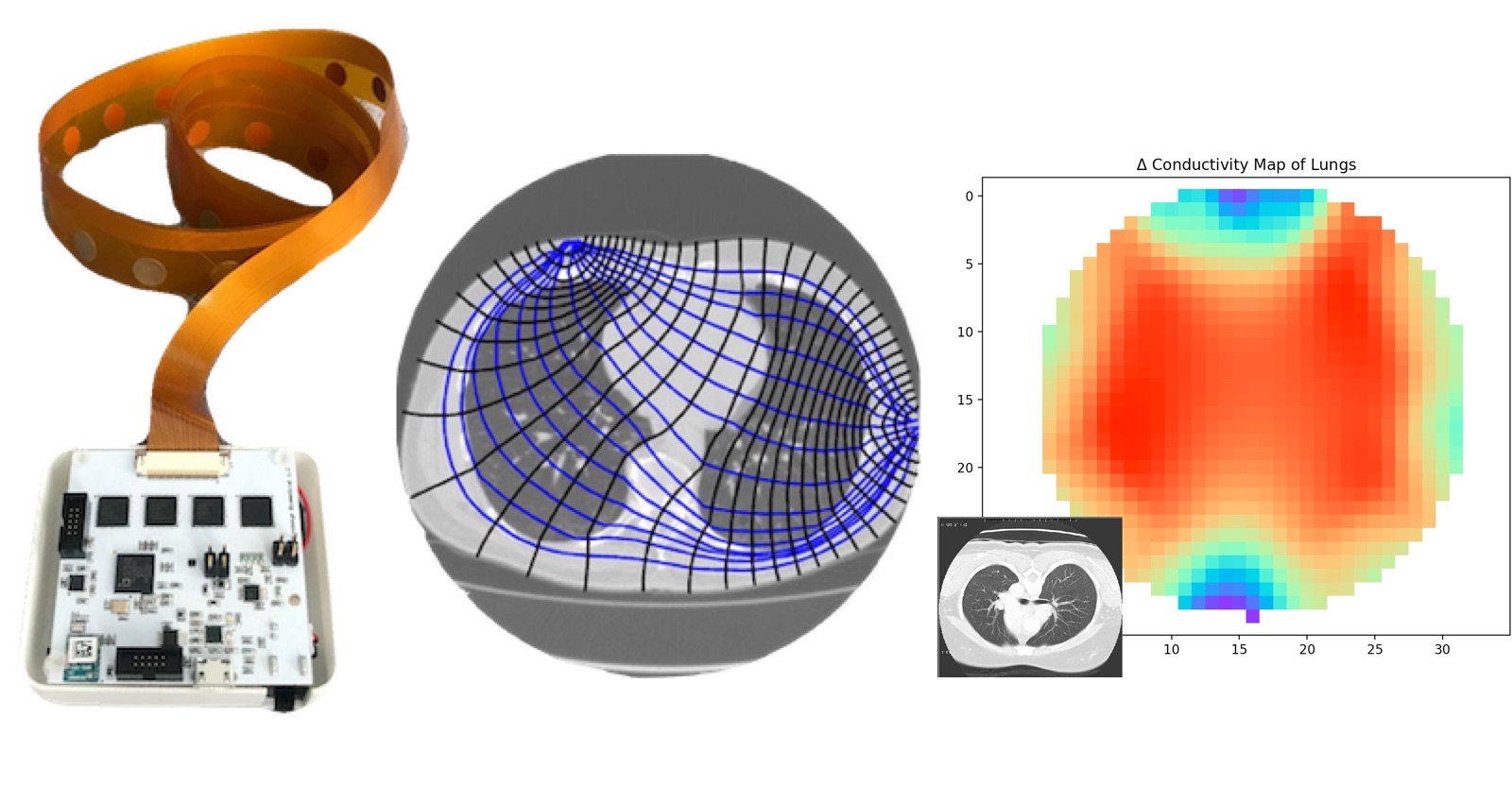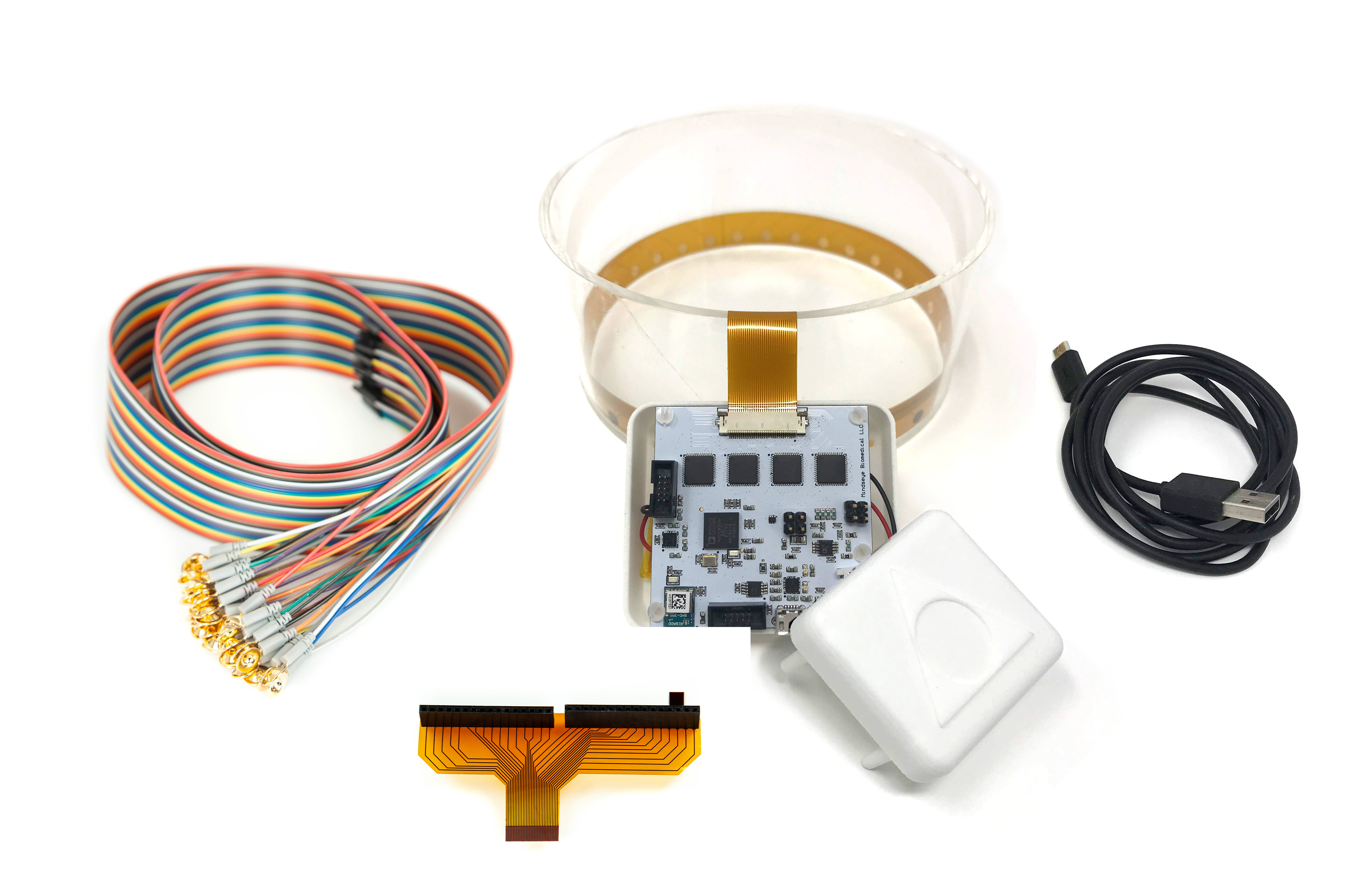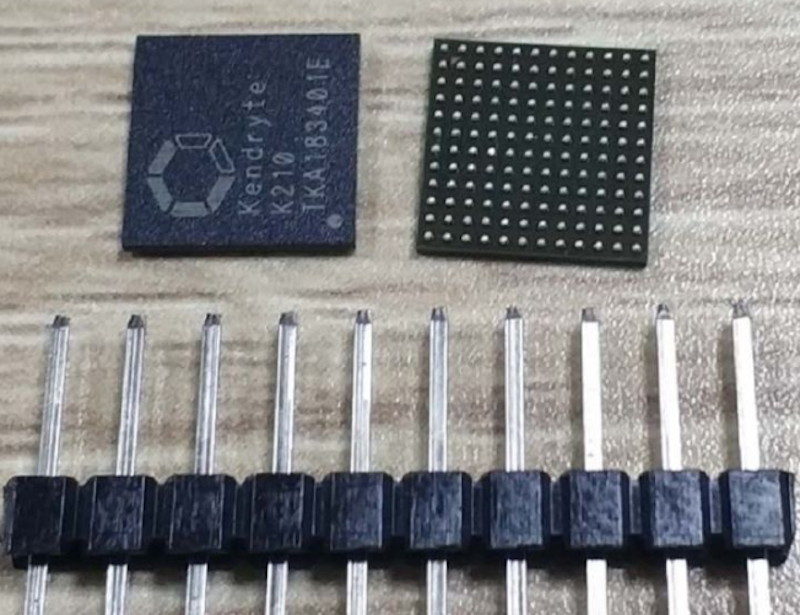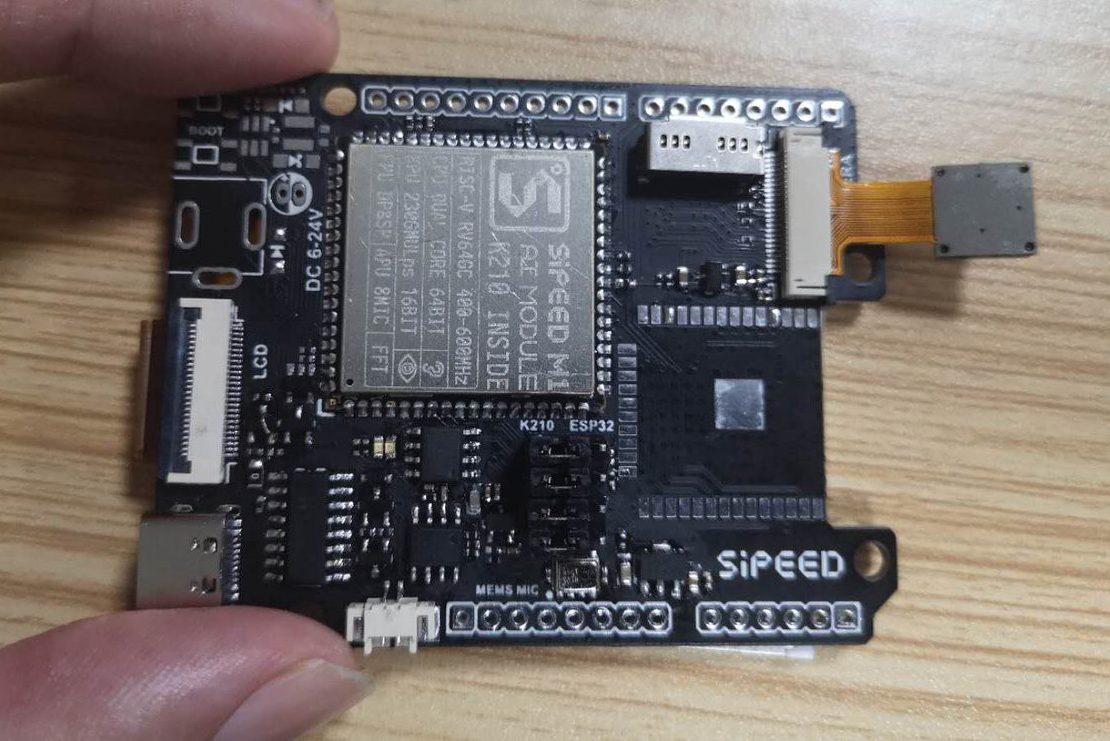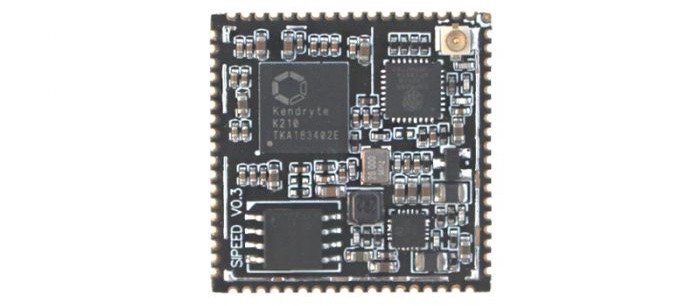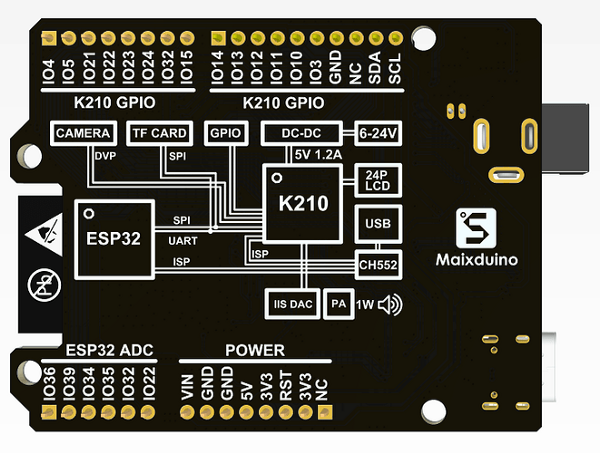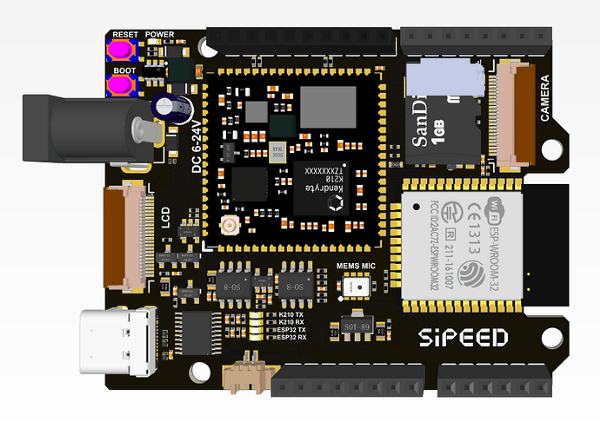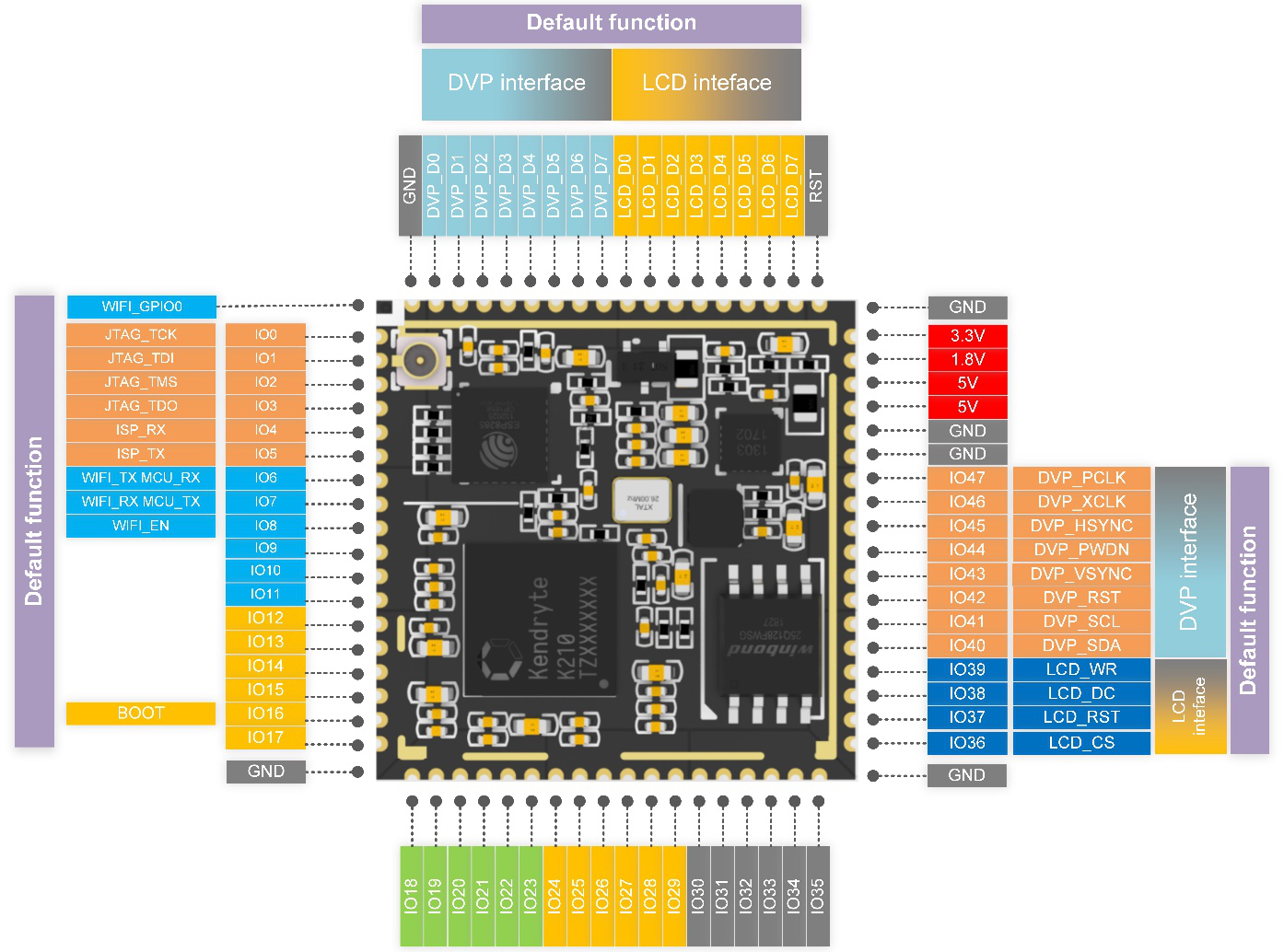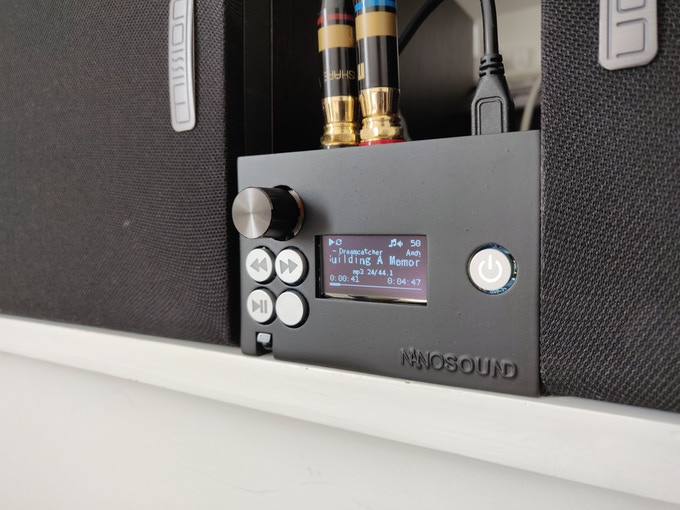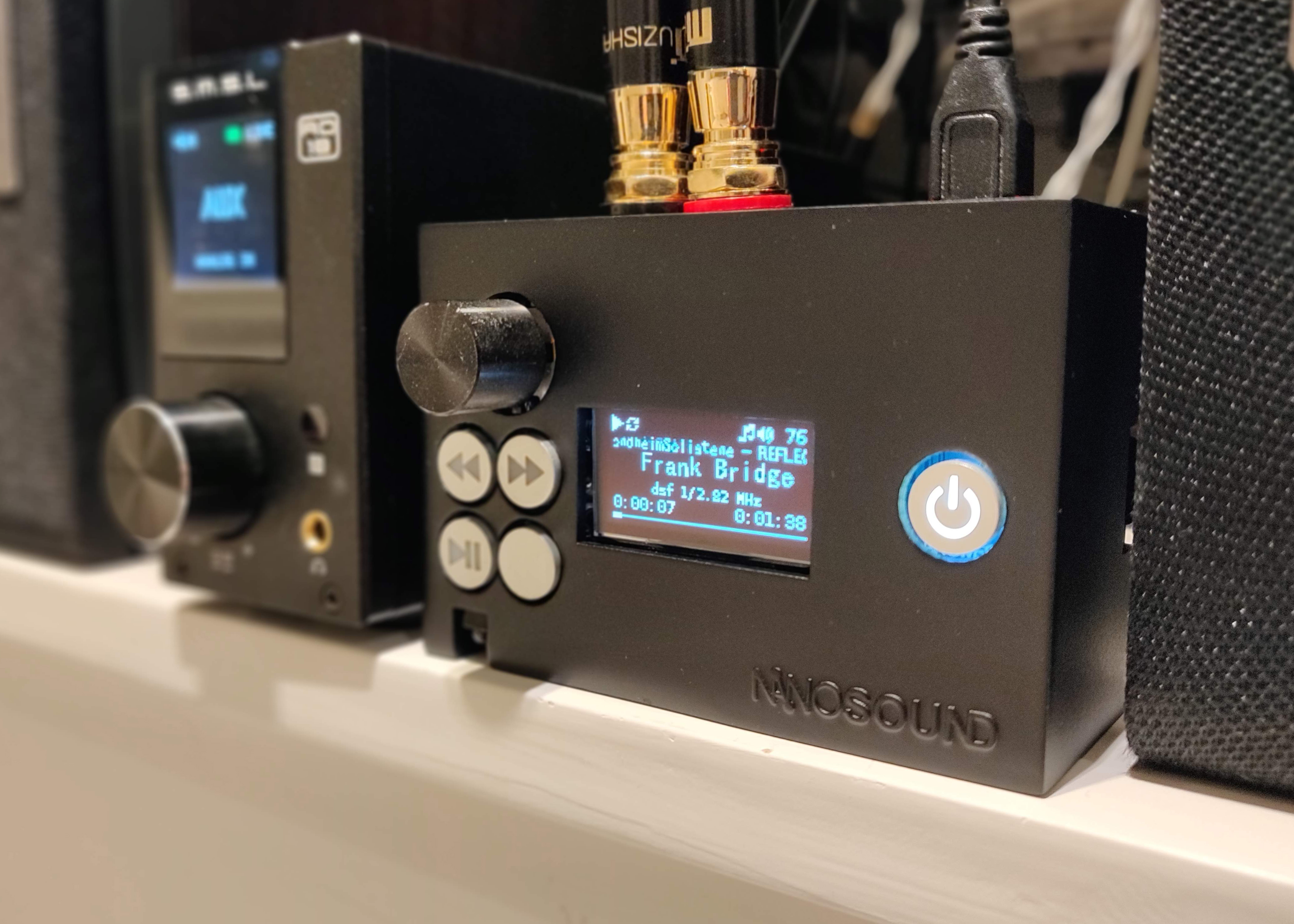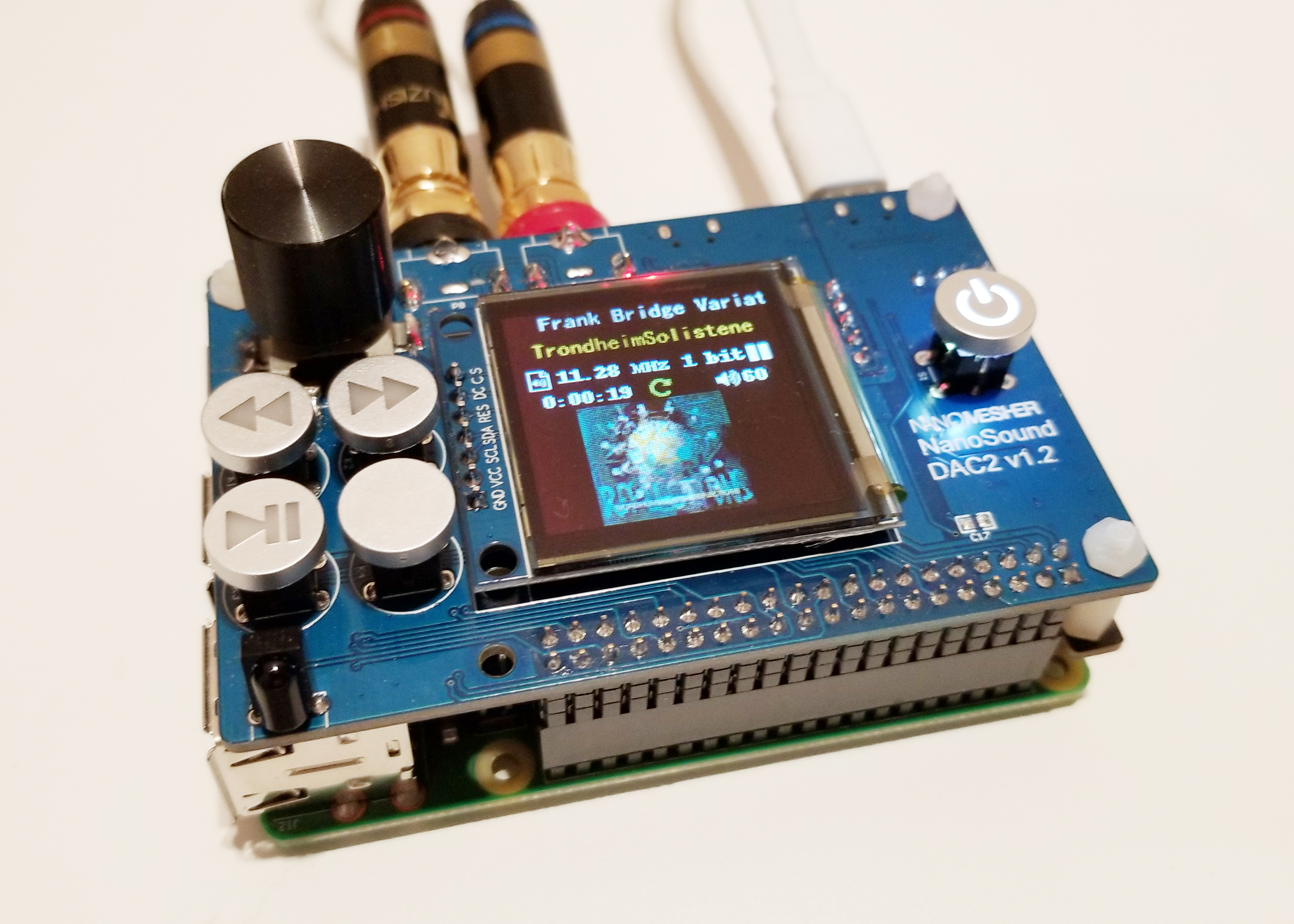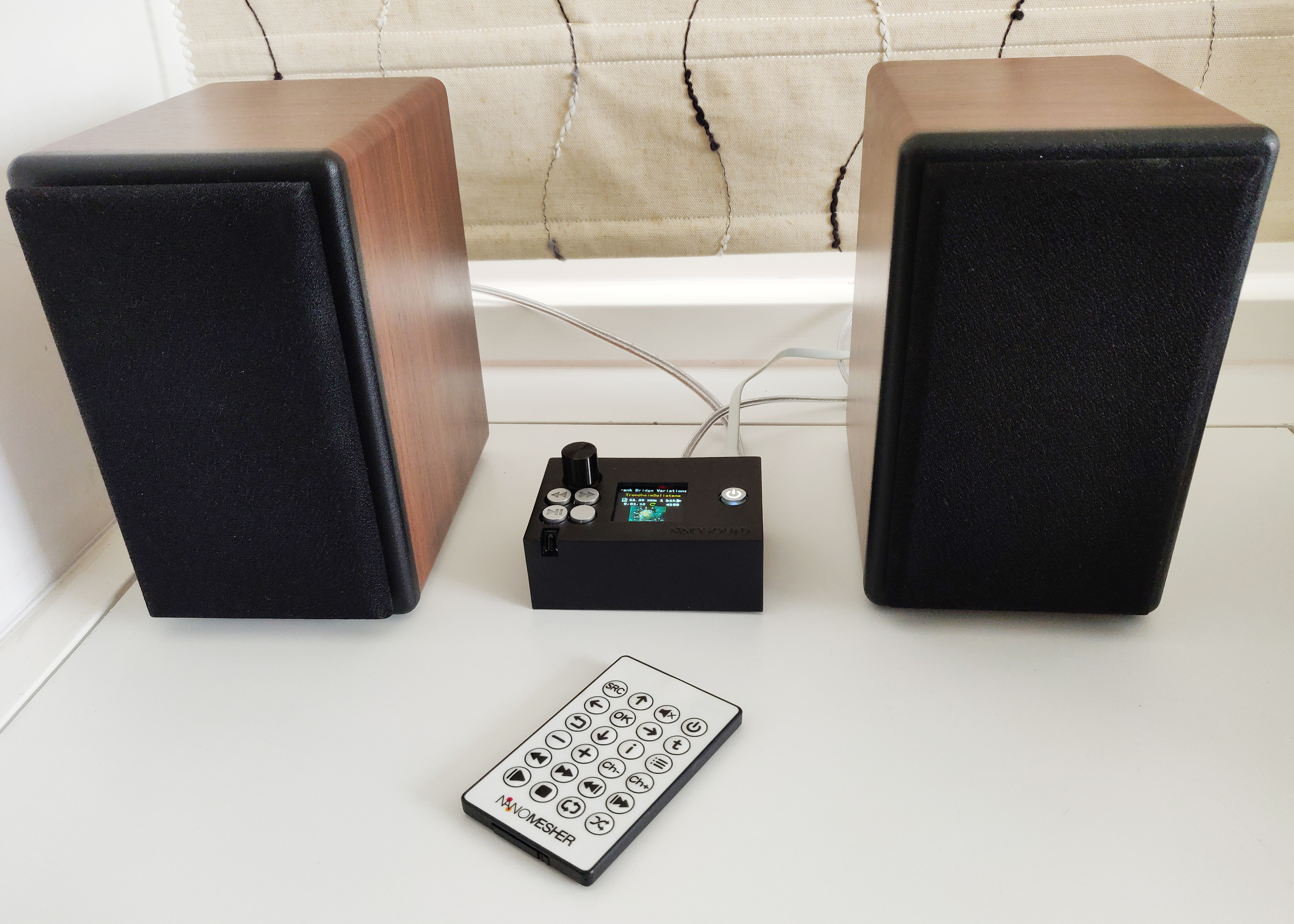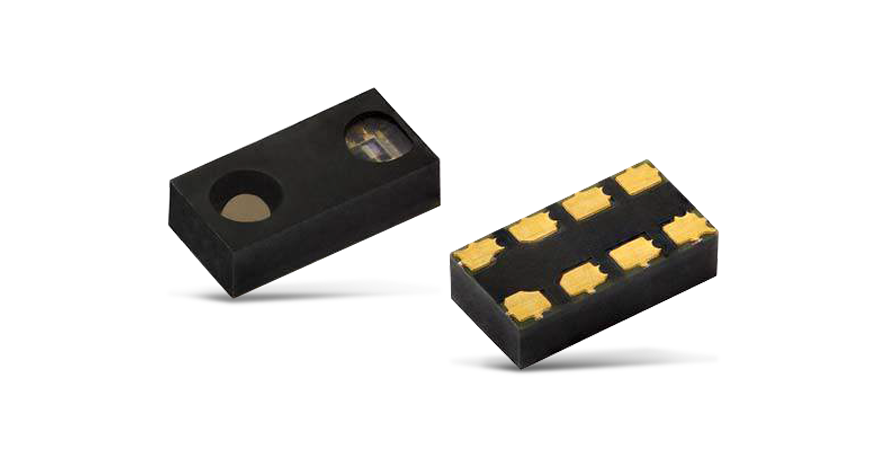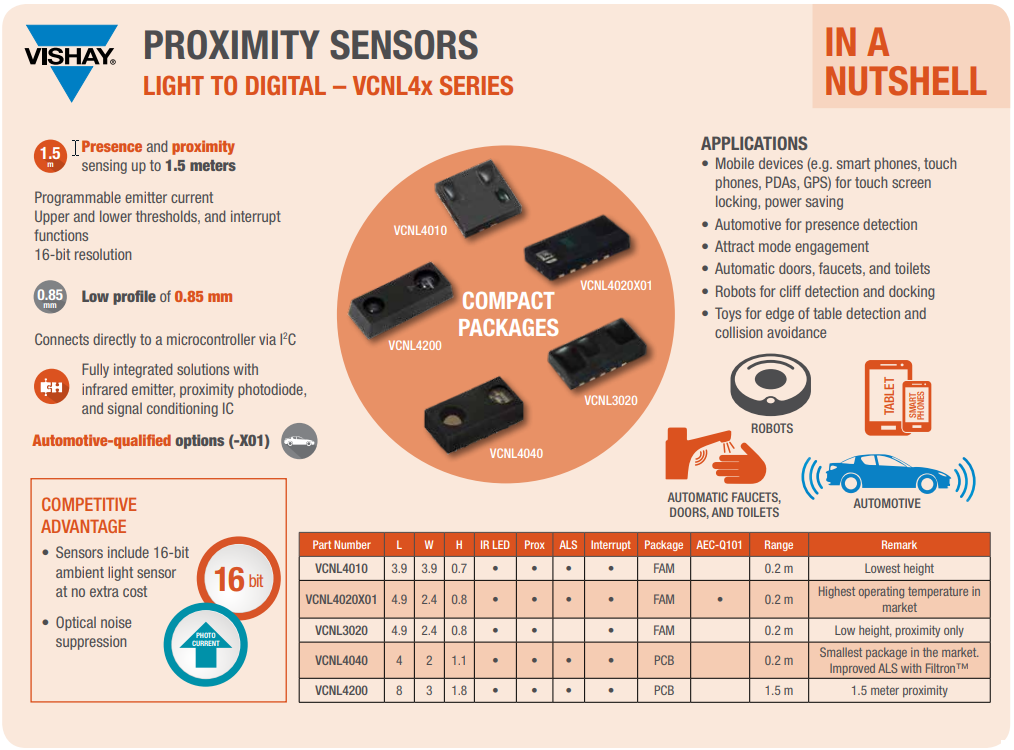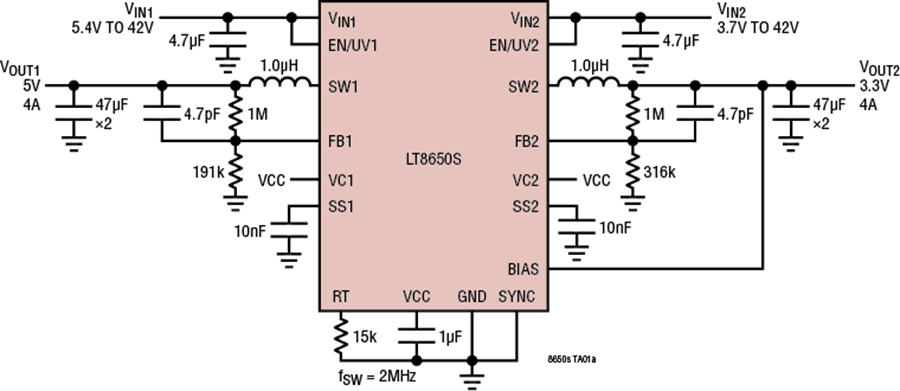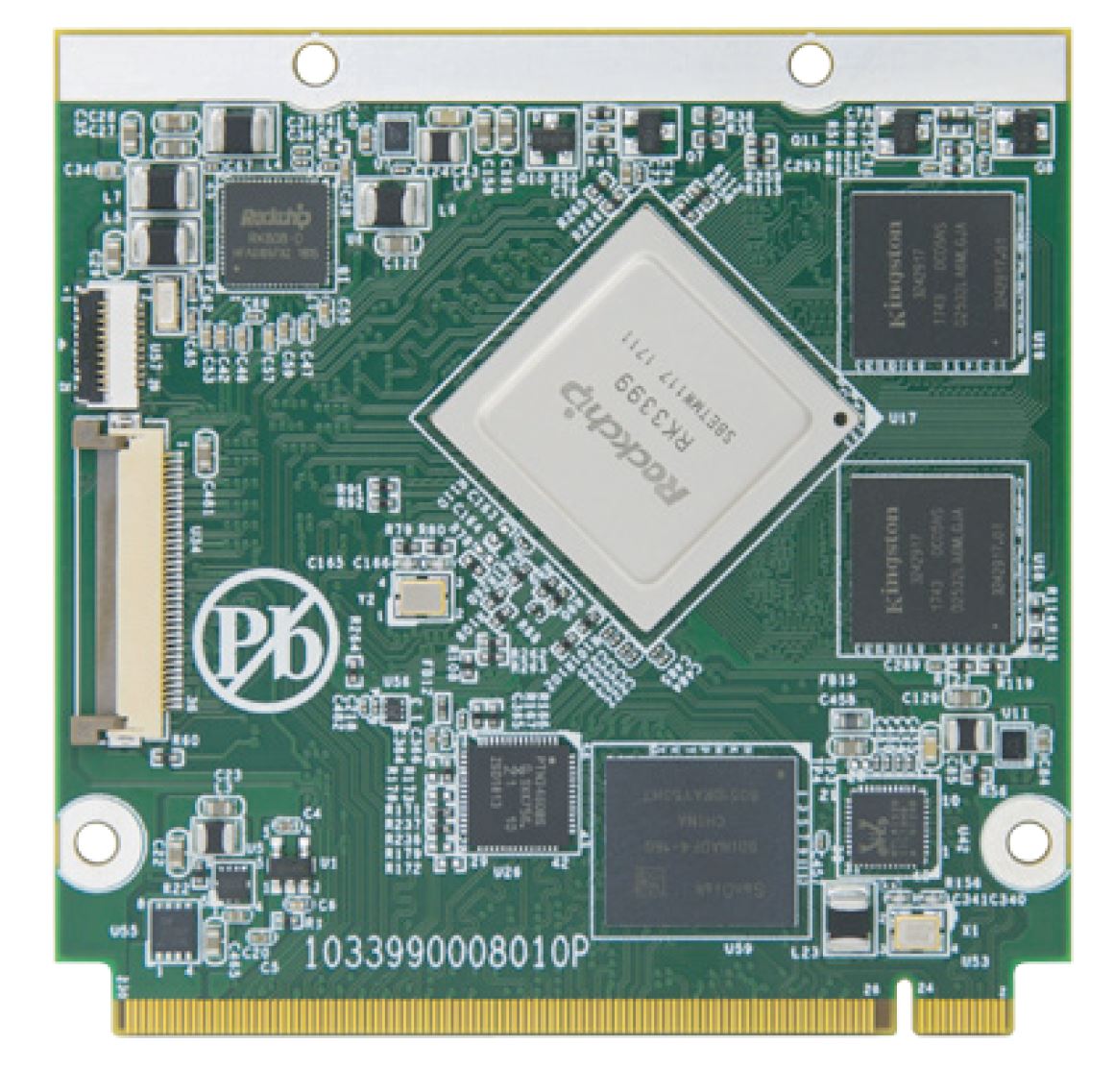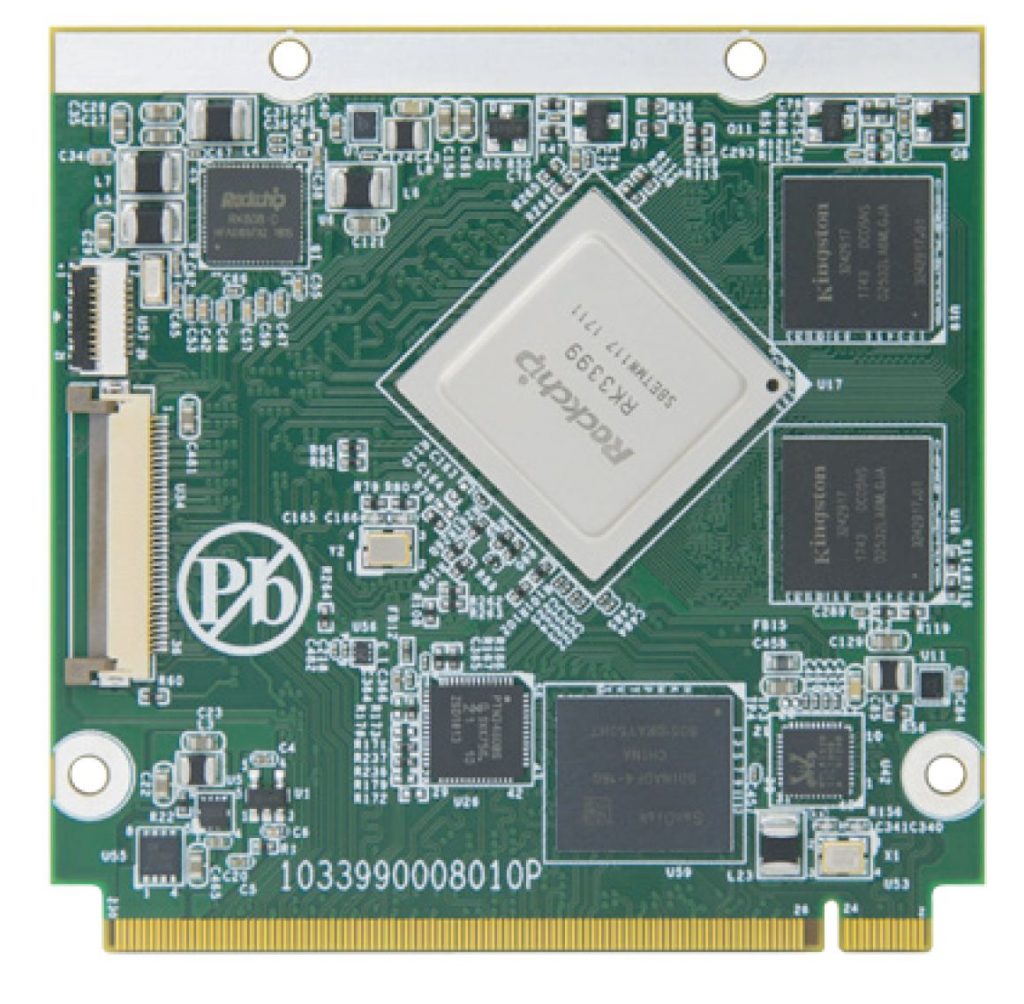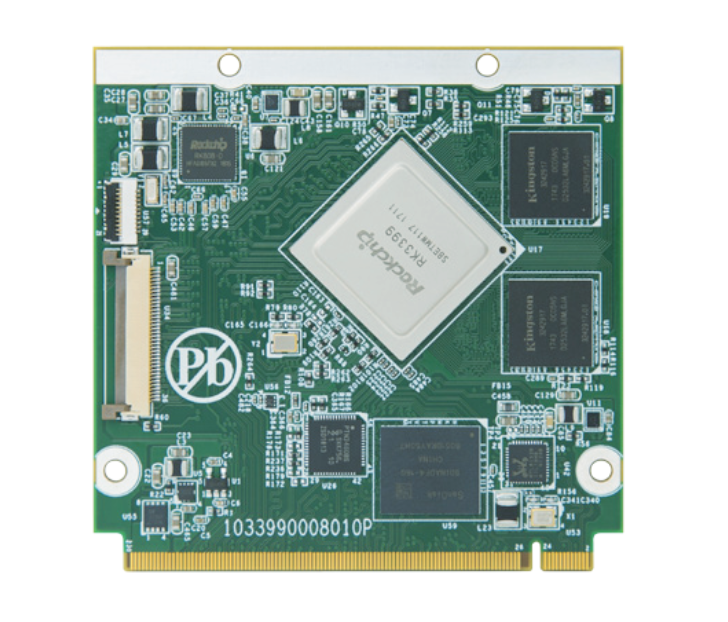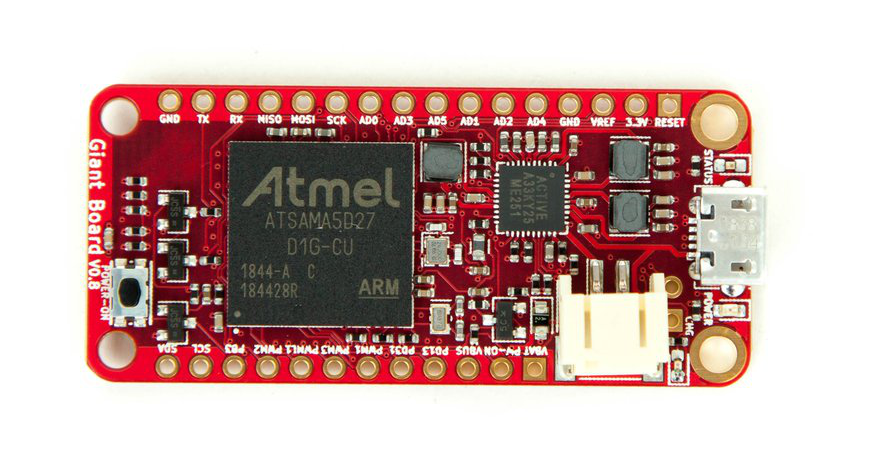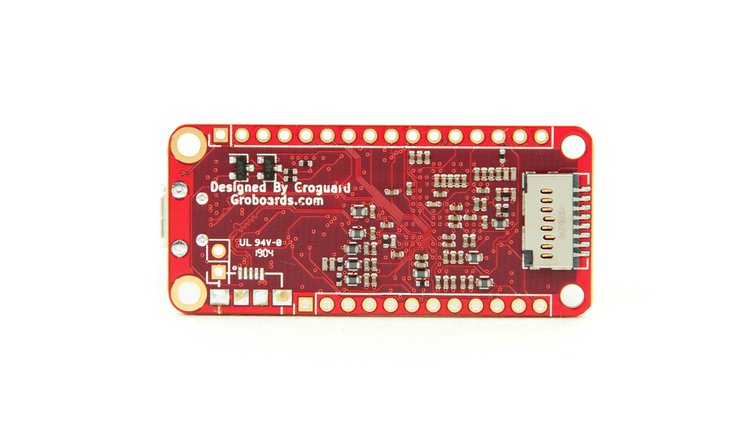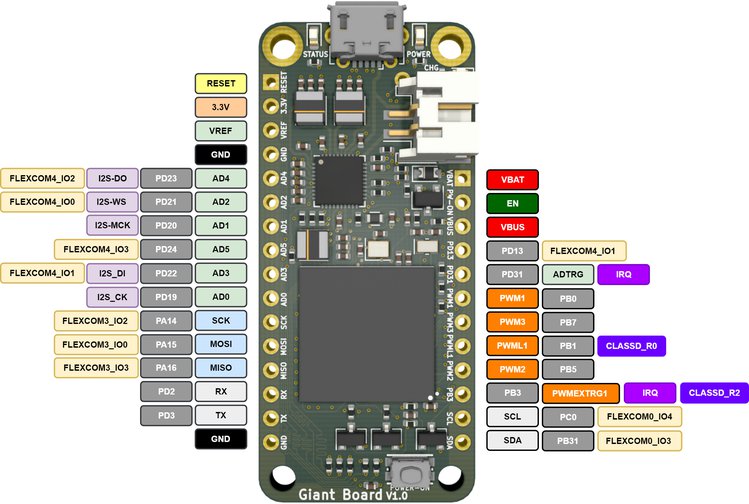The MAX17262X evaluation kit (EV kit) from Maxim Integrated Products is a fully assembled and tested surface-mount PCB that evaluates the stand-alone ModelGauge™ m5 host-side fuel-gauge IC for lithium-ion (Li+) batteries in handheld and portable equipment.
This EV kit supports a variety of applications such as: Bluetooth Headset Cases, Handheld Computers and Terminals, Health and Fitness Monitors, Home and Building Automation, Sensors, Medical Devices, Toys, Wearables and Smartwatches, and similar devices.
The MAX17262X EV kit includes the Maxim DS91230+ USB interface, IC evaluation board, and RJ-11 connection cable. Windows®-based graphical user interface (GUI) software is available for use with the EV kit and can be downloaded from Maxim’s website. Windows 7 or newer Windows operating system is required to use with the EV kit GUI software.
The ModelGauge m5 EZ makes fuel-gauge implementation easy by eliminating battery characterization requirements and simplifying host software interaction. The ModelGauge m5 EZ robust algorithm provides tolerance against battery diversity for most lithium batteries and applications.
Features and Benefits
- ModelGauge m5 Algorithm
- Monitors from 1S Cell Packs
- Battery Pack Input Voltage Range of +2.3V to +4.9V
- Thermistor Measurement Network
- Windows 7 or Newer Compatible Software
- Proven PCB Layout
- Fully Assembled and Tested
The ModelGauge m5 EZ algorithm combines the short-term accuracy and linearity of a coulomb counter with the long-term stability of a voltage-based fuel gauge, along with temperature compensation to provide industry-leading fuel-gauge accuracy. The IC automatically compensates for cell-aging, temperature, and discharge rate, and provides accurate state-of-charge (SOC) in percentage (%) and remaining capacity in milliampere-hours (mAh) over a wide range of operating conditions.
As the battery approaches the critical region near empty, the ModelGauge m5 algorithm invokes a special correction mechanism that eliminates any error. The IC provides accurate estimation of time-to-empty and time-to-full and provides three methods for reporting the age of the battery: reduction in capacity, increase in battery resistance, and cycle odometer.
The EV kit is fully assembled and tested. The EV kit software can be run without hardware attached. It automatically locates the hardware when connections are made. After communication is established, the IC must still be configured correctly for the fuel gauge to be accurate.


